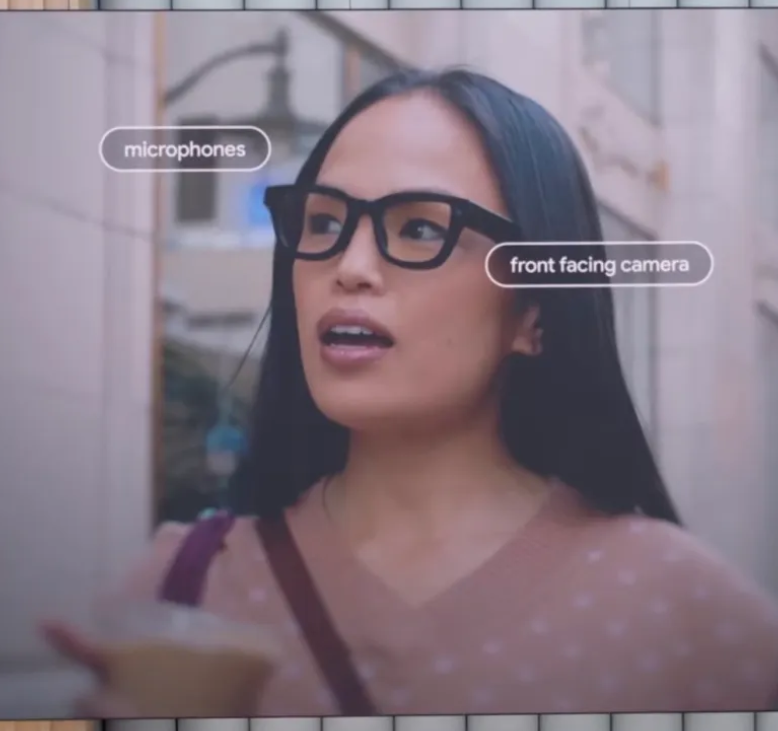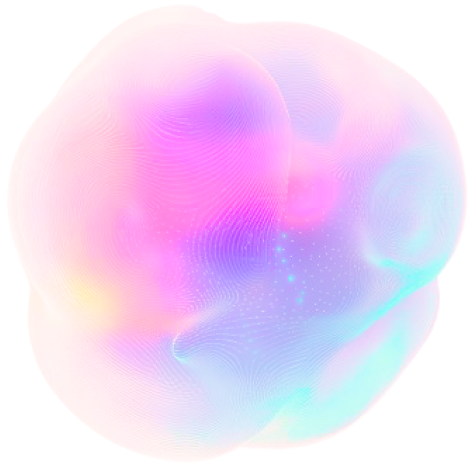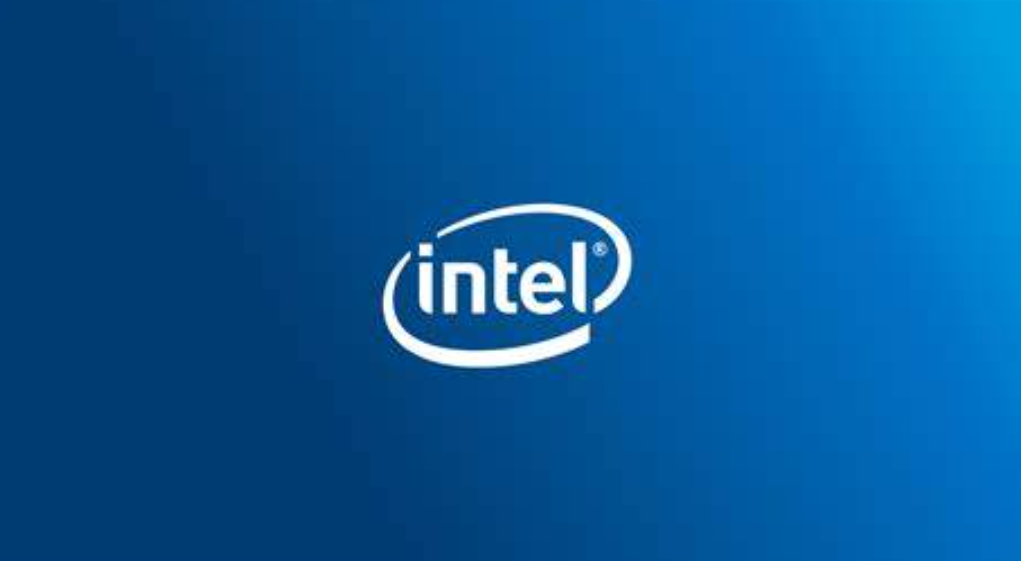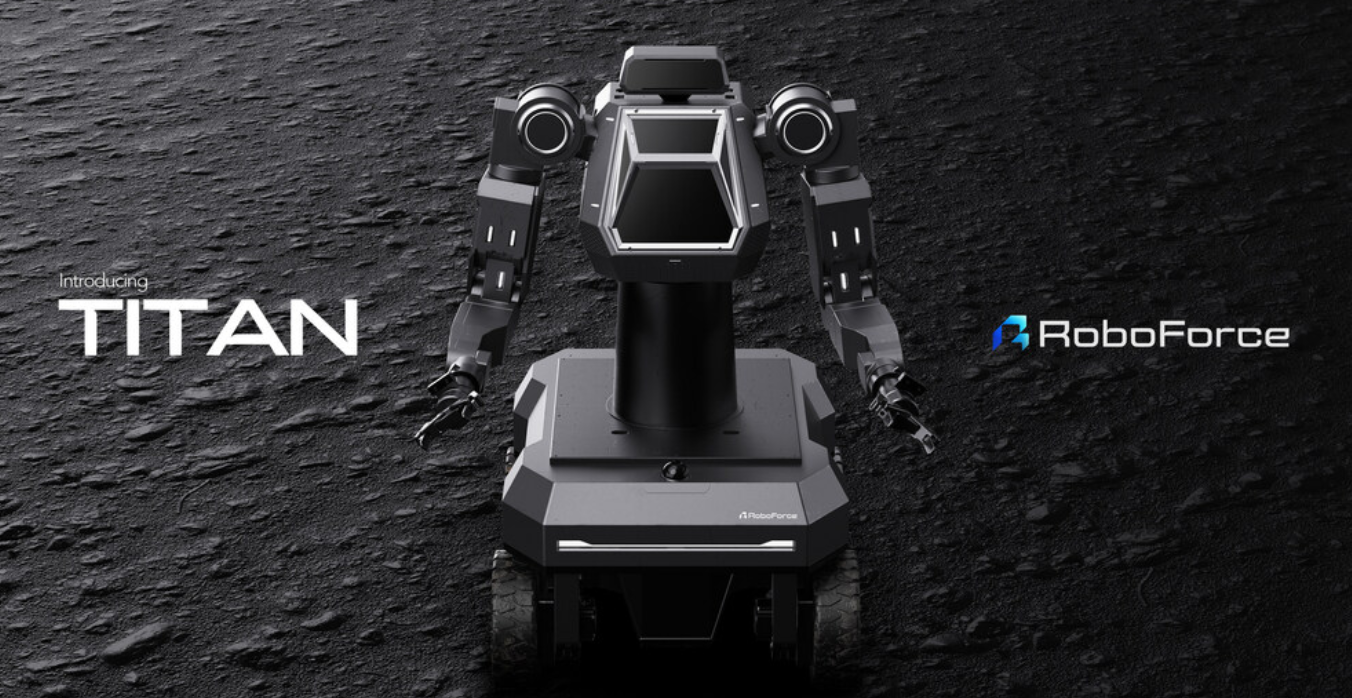UEFA has reassured clubs and fans that the new AI-assisted draw for the Champions League, set to take place on Thursday, is secure from manipulation, with enhanced measures against cyber attacks. The competition has expanded from 32 to 36 teams, making the traditional manual draw insufficient for determining fixtures. The revamped format introduces a 36-team league phase, replacing the previous group stage. Teams will play eight matches against different opponents, with AI helping to manage the complex pairings.
Amid concerns about potential hacking, especially given past incidents in sports, UEFA has taken extra precautions to ensure the integrity of the draw. Despite the changes, the system will combine technology with traditional methods, continuing the ceremonial drawing of balls. The league phase will conclude in January, with the top eight teams advancing directly to the round of 16. Teams ranked 9th to 24th will compete in a play-off round to fill the remaining spots, increasing the total number of matches required to reach the final. This new format will also apply to the Europa League and Europa Conference League.
Addressing wild claims that UEFA’s use of football legends in the draw was influenced by instructions on which balls to pick, UEFA deputy general secretary Giorgio Marchetti dismissed such allegations. He expressed UEFA’s full confidence in AE Live, the company that developed the automated draw software. Marchetti stated that the system’s response time is only a few seconds, leaving no opportunity for interference, and clarified that UEFA was never involved in the code’s development. Speaking more broadly, he acknowledged the risks in today’s world and assured that they are taken incredibly seriously by the organization.






